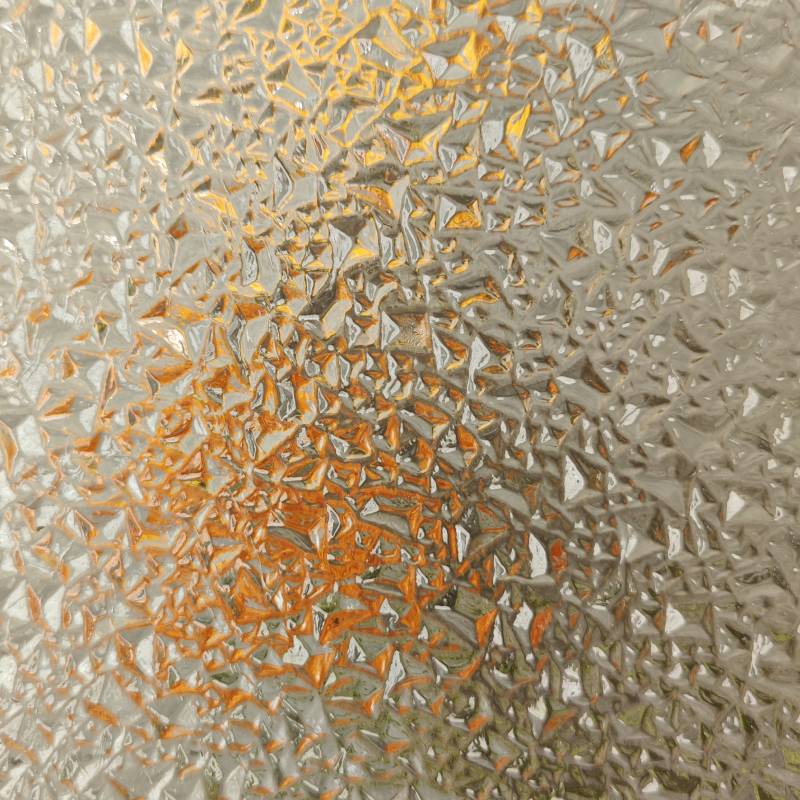

Tempered Insulated Glass Units An Overview
Tempered insulated glass units (TIGUs) are a popular choice in modern architecture and construction. These units combine the strength and efficiency of tempered glass with the insulating properties of multiple panes, creating a product that is both durable and energy-efficient. The increasing demand for sustainable building solutions has made TIGUs essential in residential and commercial applications.
Tempered glass, known for its safety and strength, undergoes a thermal treatment process that increases its resistance to impact and thermal stress. During manufacturing, the glass is heated to high temperatures and then rapidly cooled, resulting in a material that is significantly stronger than standard glass. In the event of breakage, tempered glass shatters into small, blunt pieces rather than sharp shards, reducing the risk of injury. This quality makes tempered glass ideal for areas subjected to high pressure or where safety is paramount, such as skylights, glass facades, and shower enclosures.
Insulated glass units (IGUs) consist of two or more glass panes separated by a spacer filled with argon or another inert gas. This design significantly enhances thermal insulation compared to single-pane windows, reducing heat transfer and allowing for greater energy efficiency in buildings. The incorporation of tempered glass into insulated units further improves performance, allowing for larger expanses of glass while maintaining structural integrity.
One of the primary benefits of tempered insulated glass units is their energy efficiency. Buildings with TIGUs can maintain comfortable indoor temperatures with less reliance on heating and cooling systems, resulting in lower energy bills and a reduced carbon footprint. This energy efficiency is particularly important in contemporary construction, as building codes increasingly emphasize sustainability and energy conservation.

Additionally, the aesthetic appeal of tempered insulated glass units cannot be overlooked. The clarity and transparency of the glass enhance natural light penetration, creating bright and inviting spaces. Architects and designers often use TIGUs to achieve sleek, modern facades that maximize views and minimize visible framing. This seamless integration of glass into building designs reflects a contemporary approach to architecture, where natural light and open spaces are prioritized.
Moreover, the versatility of TIGUs allows for customization in terms of size, thickness, and finishes. They can be made to fit a variety of applications, from residential windows to commercial storefronts. Manufacturers can also incorporate tints or low-emissivity (Low-E) coatings to further enhance energy efficiency, facilitate privacy, or achieve specific aesthetic outcomes.
However, it is crucial to consider proper installation and handling to maximize the benefits of tempered insulated glass units. Poor installation can lead to issues such as leaks, condensation, or thermal stress, negating the advantages of the unit. Therefore, engaging skilled professionals for installation is essential to ensure the long-term performance and durability of the glass units.
In conclusion, tempered insulated glass units represent a fusion of safety, energy efficiency, and aesthetic appeal, making them a key component in modern construction. With their numerous advantages, TIGUs contribute to sustainable building practices, offering a practical solution for today’s architectural challenges. As the demand for energy-efficient and visually appealing structures continues to grow, the popularity of tempered insulated glass units is likely to increase, shaping the future of building design.